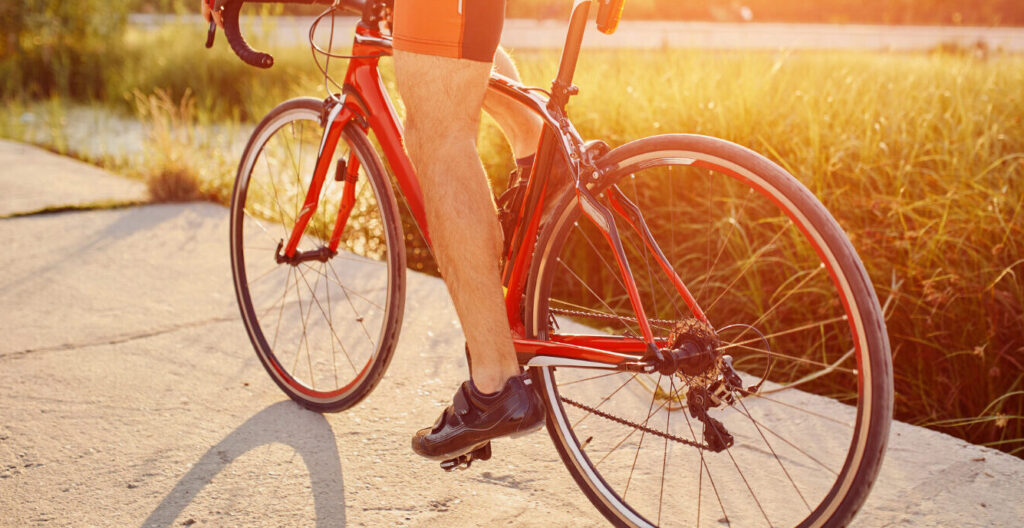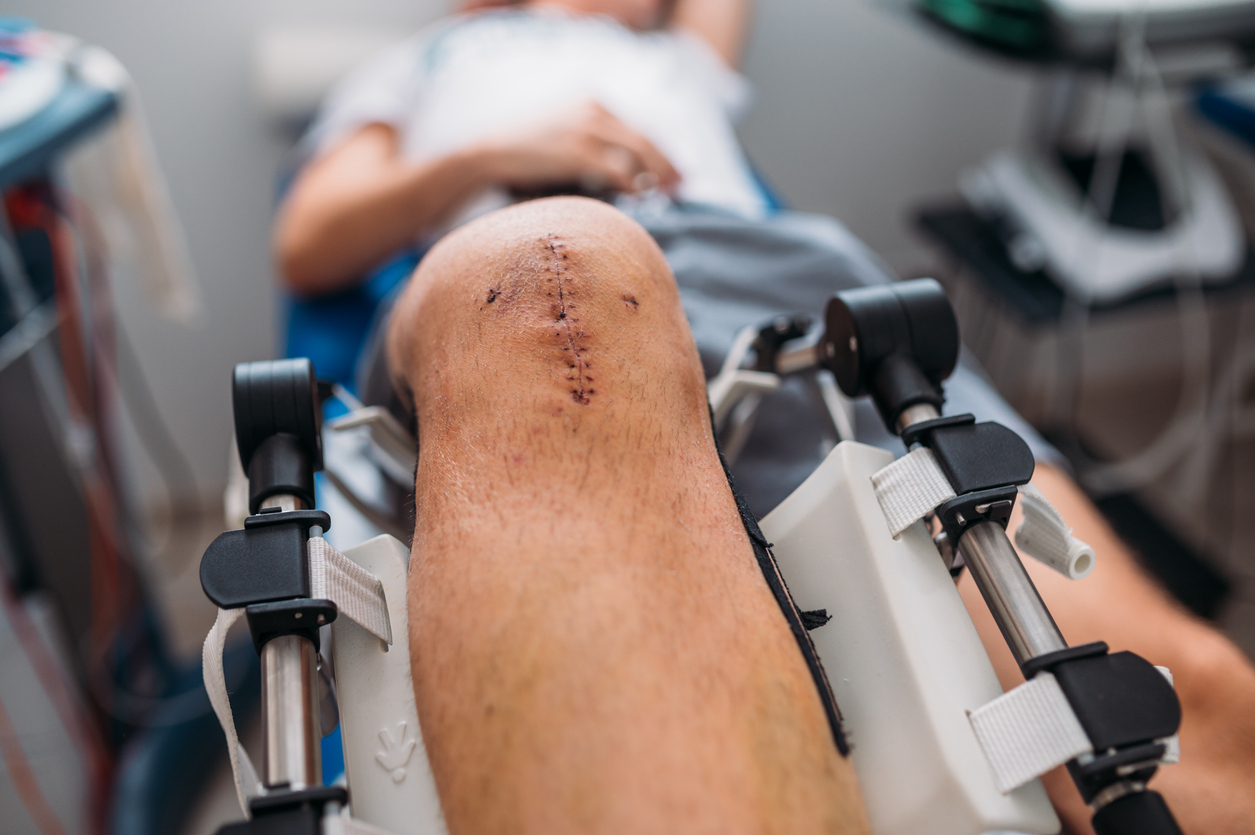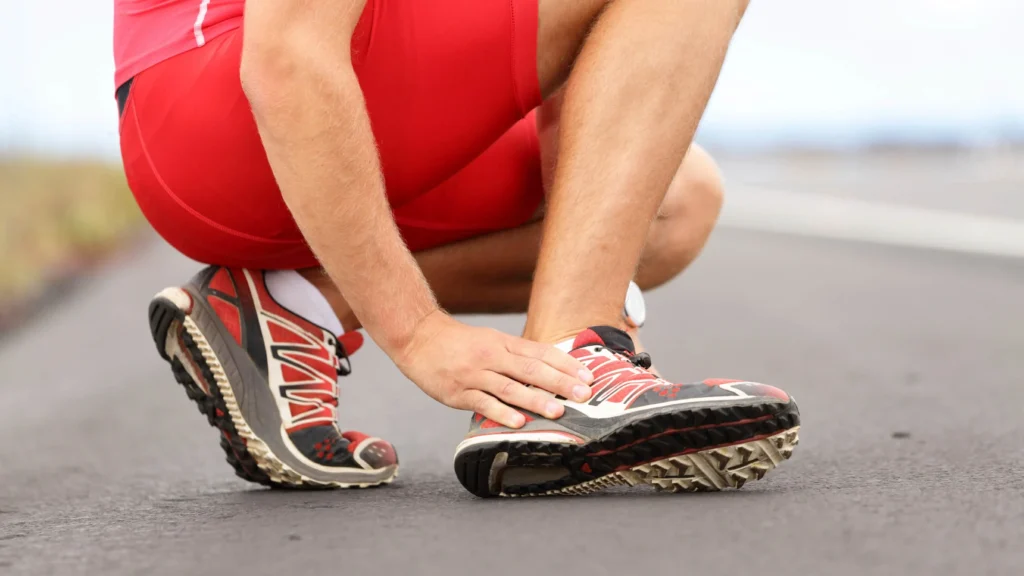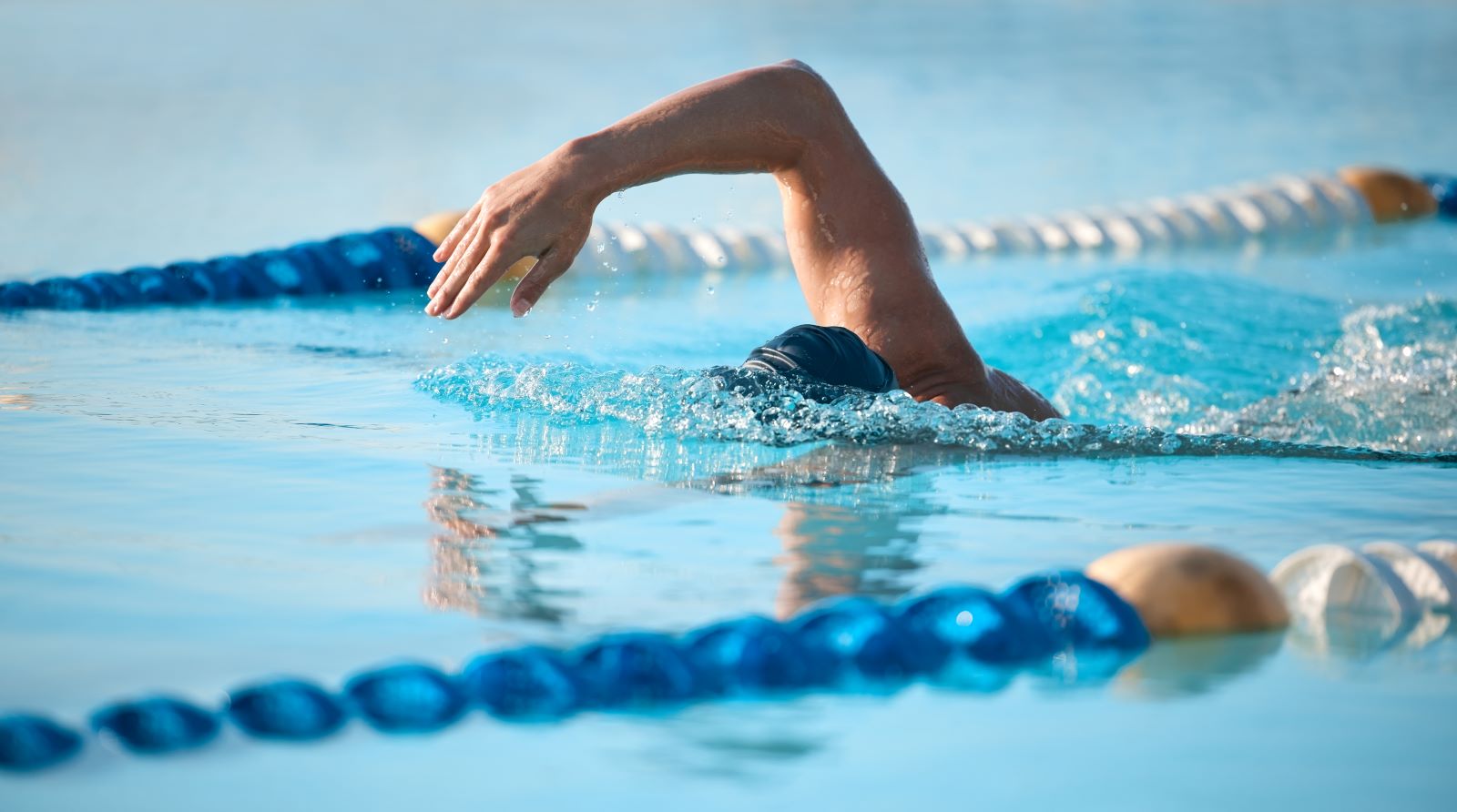Cycling is a great way to stay fit, reduce stress, and enjoy the outdoors (or even the gym). But if you’ve noticed your knees feeling sore after a ride, you’re not alone. Knee pain is one of the most common complaints among recreational and seasoned cyclists alike.
If your post-ride routine now includes wincing every time you climb stairs or get out of bed, your body may be trying to tell you something. Let’s break down why your knees might hurt after cycling and what can be done to ease the pain.
It’s Not Just the Ride – It’s the Repetition
Cycling involves repeated movement of the knee joint, thousands of pedal strokes per ride. This repetition, especially when done with poor bike setup or muscle imbalance, can lead to overuse injuries. Two of the more common ones are:
Cyclist’s Knee (Patellofemoral Pain Syndrome)
This refers to pain at the front of the knee, around or behind the kneecap. It’s often caused by the kneecap not tracking smoothly due to weak thigh muscles, poor hip control, or poor bike fit (like a saddle that’s too low).
You might feel:
- Dull, aching pain at the front of the knee
- Pain that worsens with climbing, squatting, or after sitting for long periods
Patellar Tendinopathy
Also known as “jumper’s knee,” this condition involves irritation of the tendon that connects your kneecap to your shinbone. It can come from pushing hard gears, especially during hill climbs or sprints, putting extra strain on the tendon.
You might feel:
- A sharp or aching pain just below the kneecap
- Stiffness during or after rides
- Tenderness when you press on the area
Is It My Bike Fit or My Body?
Often, it’s a bit of both. A saddle that’s too low, pedals set too far forward, or poor cleat alignment can all change the angle at which your knee bends, placing stress on the wrong structures.
At the same time, muscle imbalances -like weak glutes or tight quads- can affect how your knees move when you pedal. Without proper muscle control, your knees may “wobble” slightly with each stroke, adding up to big problems over time.
What Can I Do to Help My Knees?
1. Check Your Bike Setup
Even small changes in saddle height or position can make a big difference. You don’t need a full professional fit to get started, try adjusting your saddle so your leg has a slight bend (about 25–35 degrees) at the bottom of the pedal stroke.
2. Strengthen Your Supporting Muscles
Stronger muscles around your hips, thighs, and core help stabilise your knees while cycling. Try including exercises like:
- Clamshells and glute bridges for hip strength
- Wall sits or bodyweight squats for the quads
- Planks to build a stronger core
3. Stretch Regularly
Tight muscles, especially quads, hamstrings, and hip flexors, can pull your knee joint out of alignment. Make time for gentle stretching after your rides.
4. Ease Into Intensity
If you’ve taken a break from cycling or recently upped your distance or speed, your knees might need time to catch up. Gradually increase your training volume to allow your body to adapt.
5. Use Ice or Heat If Needed
If your knee feels swollen or irritated after a ride, apply ice for 10–15 minutes. For tight or stiff muscles, a warm compress or hot shower may help with relaxation.
When Should I See Someone About It?
Knee soreness that goes away after a day or two isn’t usually cause for concern. But if the pain persists, gets worse, or starts affecting your daily routine, it’s time to get it checked. You may need to rule out more serious conditions like cartilage damage or ligament issues.
Let’s Get You Back on the Bike – Pain-Free
If knee pain is keeping you from enjoying your rides, The Orthopaedic Practice and Surgery (TOPS) can help. Our team works closely with patients to understand the root of their joint pain and guide them toward treatment plans that match their lifestyle.
We’re here to help you move comfortably, stay active, and return to doing what you love. Whether it’s modifying your activity, recommending therapy, or discussing next steps—we’ll walk with you through it.
Reach out to us today at info@tops.com.sg or book an appointment via www.tops.com.sg to start your recovery.












